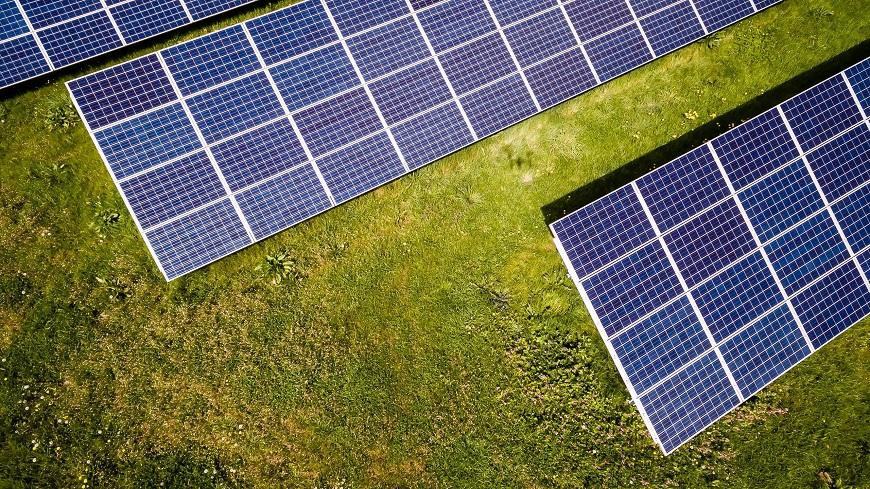
Perovskite semiconductors are seen as “a new hope to bring the production price of solar cells down below that of silicon”, explains Empa in the corresponding press release. In terms of efficiency, perovskite solar cells are now the equals of their silicon counterparts. In the press release, Empa states that two researchers from the Swiss Federal Institute of Technology Lausanne (EPFL) found a solution to the problem of increased sensitivity. They developed a cell with a mesoporous framework of oxides and carbon, which protected the cells more effectively against damage from moisture, oxygen, heat, UV light and mechanical stress.
The Functional Polymers Department at Empa is planning to bring this approach developed by the EPFL researchers to market maturity. To this end, the research group headed up by Frank Nüesch is working with the company Solaronix. As part of a project supported by the Swiss Federal Office of Energy (SFOE), the project partners have together developed an innovative manufacturing process for perovskite solar cells.
In this process, the individual material layers are applied to a substrate of glass as part of the slot-die process. Meter-long webs will therefore be coated quickly and easily in the future, the press release states. While up until now, each layer must be dried individually, the slot-die process allows all layers to be applied directly one after the other. “With this new process, we can 'print' seven times faster than with the previous screen printing method”, Nüesch comments in the press release.
“The perovskite solar cell gets its final touch by applying the perovskite absorber by means of inkjet printing in Empa's Coating Competence Center”, the press release explains further. The perovskite solar cells are set to be mounted on the roof of the NEST building on the Empa campus in Dübendorf, where they will be subject to practical tests, by the end of this year.
Related news
Contact us
Can we put you in touch with a peer company or research institute? Do you need any information regarding your strategic expansion to Switzerland's technology and business center?
info@greaterzuricharea.com